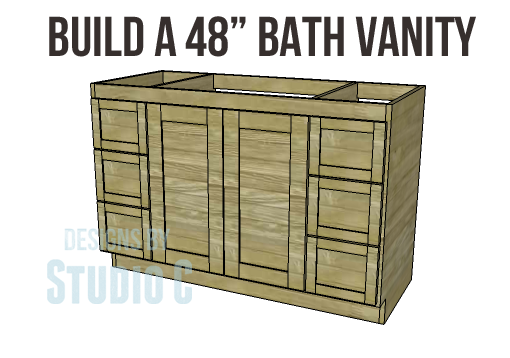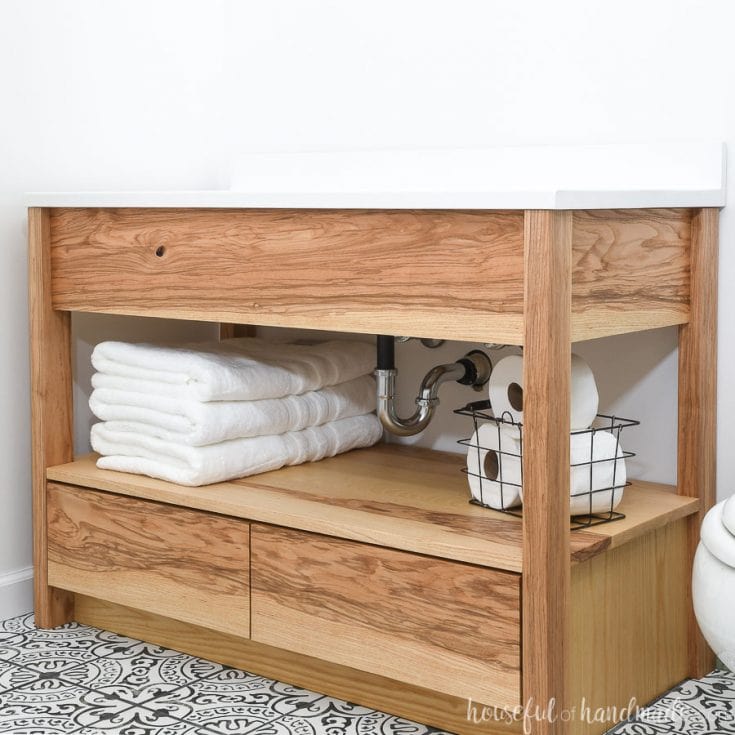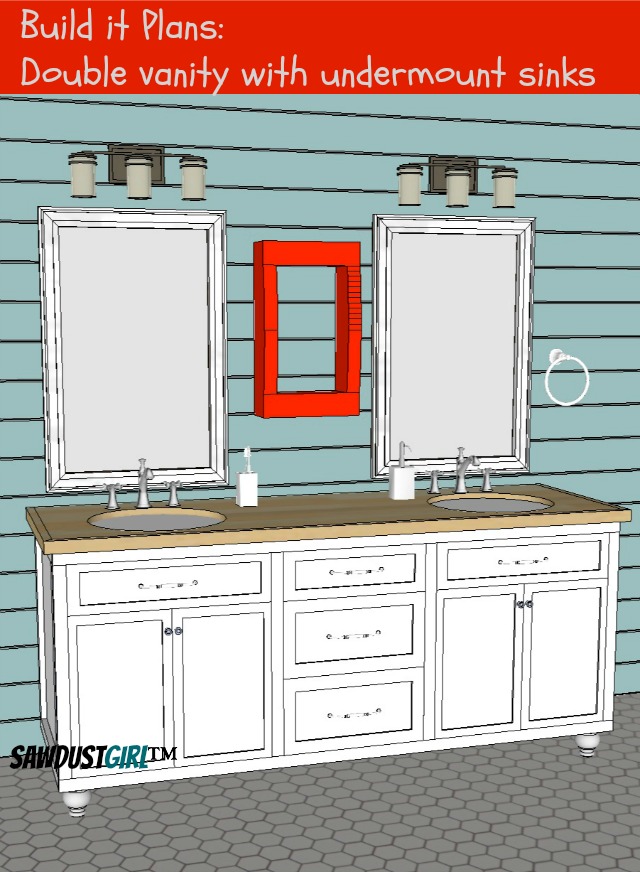Crafting a bathroom vanity through woodworking can be a rewarding project for DIY enthusiasts, allowing for customization and personalization to suit specific preferences and space requirements. The first step in creating bathroom vanity plans involves careful measurement and planning to ensure that the vanity will fit seamlessly into the designated space. Consider the dimensions of the room, including the available floor space and the height and width of the vanity, as well as the location of plumbing fixtures such as drains and water lines. With accurate measurements in hand, you can begin sketching out your design, taking into account factors like storage needs, style preferences, and budget constraints.
Once you have a clear idea of the design and dimensions of your bathroom vanity, the next step is to select the materials and tools needed for the project. Wood is a popular choice for bathroom vanities due to its durability, versatility, and timeless appeal. Hardwoods like oak, maple, and cherry are commonly used for their strength and beauty, while softwoods like pine and cedar offer a more rustic look. Consider the type of wood that best suits your design aesthetic and budget, as well as any additional materials such as hardware, countertop materials, and finishes.

With materials in hand, it’s time to begin the woodworking process. Start by cutting the wood to size according to your plans, using a table saw, circular saw or miter saw for precision cuts. Next, assemble the frame and carcass of the vanity using techniques like dowel joints, pocket screws, or traditional mortise and tenon joinery. Pay close attention to detail and ensure that all joints are square and tight to create a sturdy and stable foundation for the vanity.
Once the frame is assembled, it’s time to add the finishing touches to your bathroom vanity. Sand the wood surfaces smooth using progressively finer grits of sandpaper to achieve a silky-smooth finish. Then, apply a stain or paint to enhance the natural beauty of the wood or achieve the desired color and style. Finish the vanity with a protective topcoat, such as polyurethane or lacquer, to seal and protect the wood from moisture and wear.
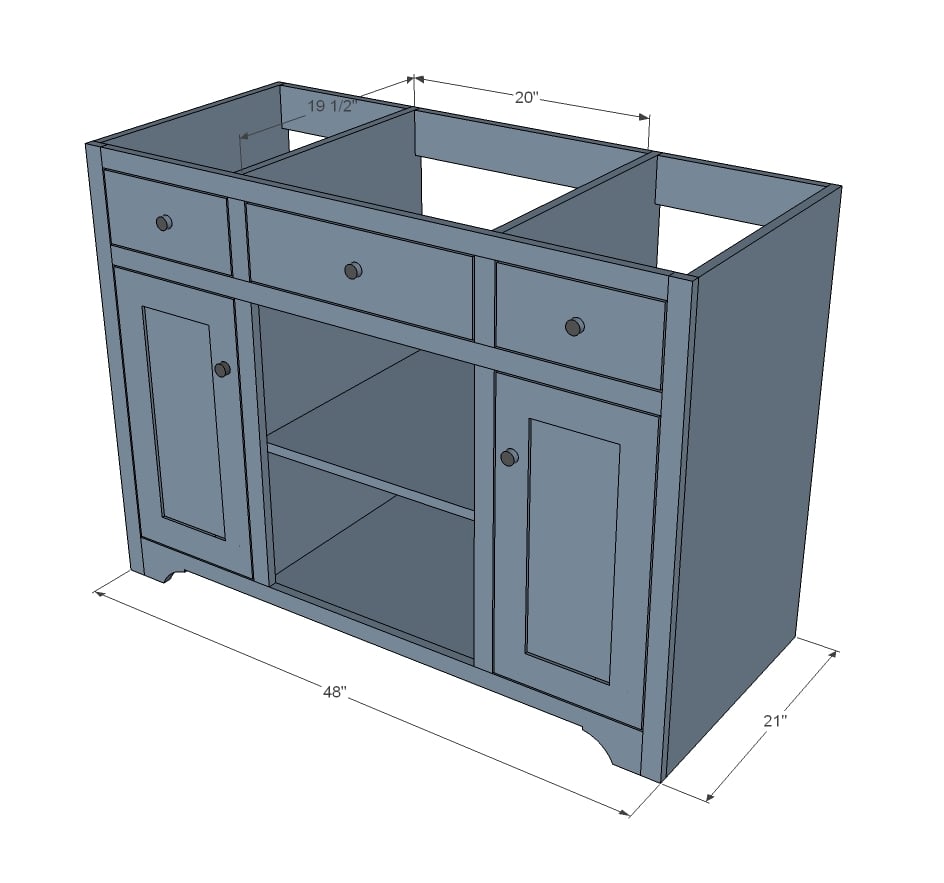
In addition to the woodworking aspect of building a bathroom vanity, consider the functional elements that will make the vanity practical and efficient to use. Incorporate features like drawers, cabinets, and open shelves to maximize storage space and keep toiletries and other essentials organized and accessible. Additionally, ensure that the vanity is properly sealed and finished to withstand the humid environment of the bathroom and resist damage from water and moisture over time.
Finally, consider the installation process and ensure that the finished vanity will fit seamlessly into the designated space. Install plumbing fixtures like sinks and faucets according to the manufacturer’s instructions, and secure the vanity to the wall to prevent tipping or shifting. With careful planning, attention to detail, and a bit of woodworking know-how, you can create a beautiful and functional bathroom vanity that adds style and value to your home for years to come.
Homemade Bathroom Vanity/Cabinet Plans You Can DIY Easily
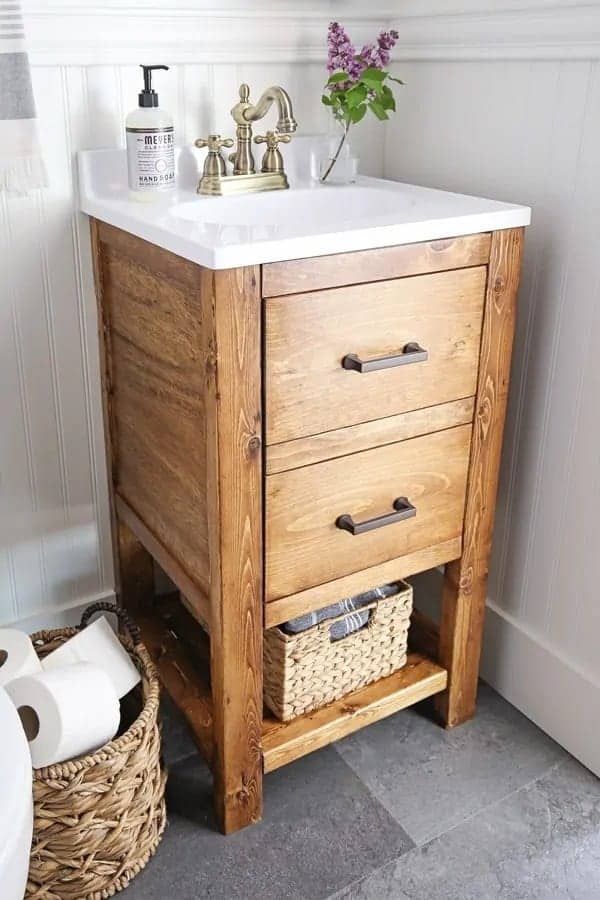
DIY Woodworking Plans to Build a 48″ Bath Vanity Designs by Studio C
DIY Bathroom Vanity Ideas
DIY Bathroom Vanity Plans You Can Build Today
Bathroom Vanities Ana White
Double Vanity with Center Drawers – Free Plans – Sawdust Girl®
DIY Bathroom Vanity Plans You Can Build Today
Homemade Bathroom Vanity/Cabinet Plans You Can DIY Easily
Free Plans to Build a DIY Bathroom Vanity from Scratch ⋆ DIY
How To Build A Bathroom Vanity Woodworking DIY
Cheap DIY Bathroom Vanity Plans – Houseful of Handmade
DIY Open Shelf Vanity With Free Plans
Related articles:
- Bathroom Vanity 5 Light Fixture
- Ethan Allen Bathroom Vanity
- Bathroom Vanity Ideas Single Sink
- Bathroom Vanity 17 Inches Deep
- Bathroom Vanity 24 X 16
- Large Bathroom Vanity Mirrors
- Bathroom Vanity Cabinets Kraftmaid
- 5 Light Bathroom Vanity Light Chrome
- Mid Century Modern Bathroom Vanity Ideas
- 4 Ft Bathroom Vanity Light
Bathroom Vanity Plans Woodworking
Bathroom vanity plans woodworking is an exciting project for any DIYer looking to spruce up their bathroom. Whether you are wanting to create a luxurious spa-like space or just give your bathroom a quick face-lift, woodworking can be a great way to customize your vanity. In this guide, we will discuss what you need to know before beginning your project, the different types of materials available, and how to choose the perfect vanity plan for your needs.
What You Need To Know Before Starting Your Project
Before starting any woodworking project it is important to do your research and make sure you have the right tools, materials, and knowledge for the job. This is especially true when it comes to creating your own bathroom vanity. It’s important to consider the size and shape of your room, the amount of storage space you require, and the type of material you want for your countertop before purchasing any materials or plans. It is also important to consider any other features you may want in your vanity such as drawers or doors. Additionally, it is a good idea to become familiar with basic woodworking techniques before starting your project as well as safety precautions when working with power tools.
Types of Materials Available
When it comes to building your bathroom vanity, there are many types of materials available for you to choose from. The most popular materials used in bathroom vanities are wood and laminate; however, other options such as metal and ceramic tile can also be used. Wood is a great choice because it not only looks elegant but is also durable enough to withstand daily use in the bathroom. Laminate is another popular option because it is easy to clean and maintain while still providing a stylish look. Other material options such as metal and ceramic tile can add texture and visual interest but may require more maintenance than other materials.
Choosing The Perfect Vanity Plan
Once you have decided on the type of material that best fits your needs, it’s time to choose a vanity plan that will work best for you. When choosing a plan, there are several factors to consider such as size, storage space, style, and design elements. It’s important to make sure that the plan you choose meets all of these requirements while still providing enough room for all of your daily needs. Additionally, it’s important to make sure that the plan you choose fits within your budget so that you don’t get stuck with an expensive project that doesn’t meet all of your expectations.
What types of materials are best for building a bathroom vanity?
The most popular materials used in bathroom vanities are wood and laminate; however, other options such as metal and ceramic tile can also be used depending on what look you are trying to achieve. Wood is a great choice because it not only looks elegant but is also durable enough to withstand daily use in the bathroom while laminate provides an easy-to-clean surface. Other material options such as metal or ceramic tile can add texture and visual interest but may require more maintenance than other materials.
How do I choose the perfect vanity plan?
When choosing a vanity plan it’s important to consider size, storage space needs, style preferences, and design elements all while staying within budget constraints. Take into account all of these factors when looking at different plans so that you can find one that meets all of your needs without breaking the bank.
What types of tools do I need to build my bathroom vanity?
Depending on what type of materials you use in building your vanity some basic hand tools such as screwdrivers, saws, drills, etc., may be sufficient enough however if using hardwoods or metal power tools may be necessary for proper construction. Additionally, safety equipment such as goggles and dust masks should always be worn when working with power tools or sanding any type of material.
Building a custom bathroom vanity has never been easier thanks To the vast selection of materials, tools, and plans available. While it may seem daunting at first, with the right plan, knowledge, and tools you can create a beautiful vanity that will last for years to come. Just be sure to consider the size, storage space needs, style preferences, and budget constraints when choosing a plan so that you can find one that perfectly meets all of your needs. Additionally, make sure to wear the proper safety equipment when working with power tools.
What tools do I need for a bathroom vanity woodworking project?
-Table saw
-Circular saw
-Jigsaw
-Drill and drill bits
-Measuring tape
-Carpenter’s square
-Clamps
-Sandpaper
-Wood glue
-Finishing materials (paint, sealer, etc.)
